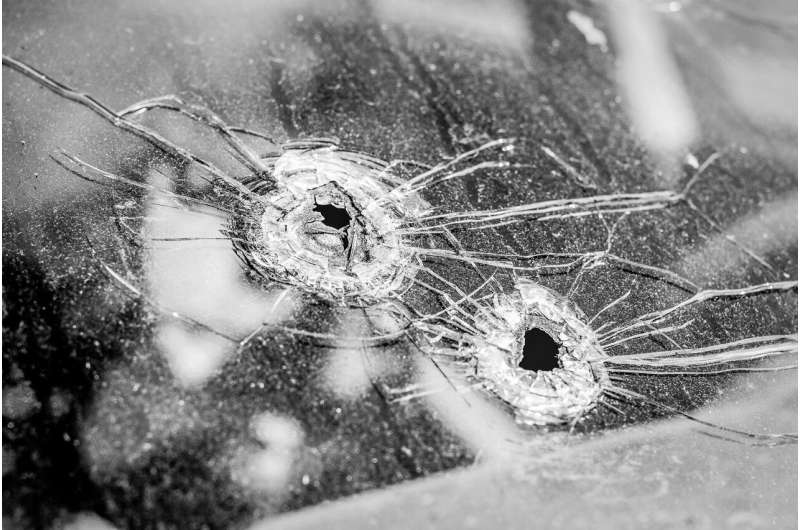
Extreme risk protection orders, also known as red flag laws, can help prevent firearm injury events, including multiple victim/mass shootings, by addressing the threat prior to an event occurring, according to new research led by the University of Michigan.
A study by U-M’s Institute for Firearm Injury Prevention, in collaboration with the Johns Hopkins Bloomberg School of Public Health, reviewed more than 6,500 ERPO cases. Researchers found that more than 10% of the petitions filed were in response to multiple victim or mass shooting threats intending to harm as many people as possible.
An ERPO is a civil court order that temporarily prohibits firearm purchase and possession by someone at imminent risk of harming themselves or others, and typically involves a two-stage process that includes a short-term (temporary) order (between seven days and a month, depending on the state) and a long-term order that in most states lasts up to one year.
Among the threat cases studied, the most common were against K-12 schools (20%) and businesses (20%), followed by intimate partners, their children and their families (15%).
“We are encouraged by the use of this tool in response to credible threats in all six states included in this study,” said April Zeoli, instructor in health management policy at the U-M School of Public Health who co-led the study. “Even if only a small percentage of these cases would have been acted upon, their prevention would have a consequential impact resulting in lives saved.”
As noted in the findings, recently published in Preventive Medicine, in the case of multiple victim/mass shooting threats, 93% of petitions filed at the temporary ERPO stage were granted, and in cases where a final hearing was held, 84% of petitions were granted.
The study also suggests that though little is known about the epidemiology of mass shooting threats, this and similar studies provide an evidence base that ERPOs are being used to intervene and remove access to firearms when a mass shooting threat is identified.
“It is clear from our findings that ERPOs are being used to temporarily dispossess people who are making credible threats to commit mass violence,” said Shannon Frattaroli, professor at Johns Hopkins and a core faculty member with the Center for Gun Violence Solutions.
“The need to assure that ERPOs are available to people who witness such threats and that systems are in place to respond is critical to maximizing the potential impact of this gun violence prevention tool.”
Case data was utilized from six states (California, Colorado, Connecticut, Florida, Maryland and Washington), making this the first multistate study of ERPO laws. The study timeline began at the start date of each state’s ERPO law and ended June 30, 2020, with the exception of Connecticut, for which the analysis period began in 2013.
Additional partners in this work include the University of Washington, University of California-Davis, University of South Florida, University of Colorado Anschutz Medical Campus, Yale University, Michigan State University and Duke University.
More information:
April M. Zeoli et al, Extreme risk protection orders in response to threats of multiple victim/mass shooting in six U.S. states: A descriptive study, Preventive Medicine (2022). DOI: 10.1016/j.ypmed.2022.107304
Journal information:
Preventive Medicine
Source: Read Full Article
